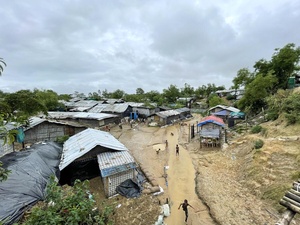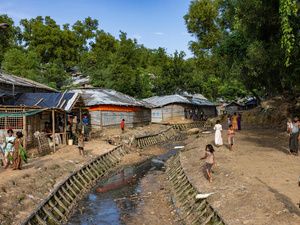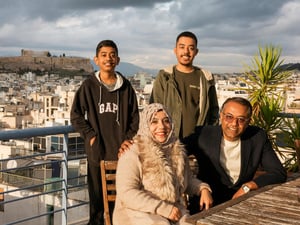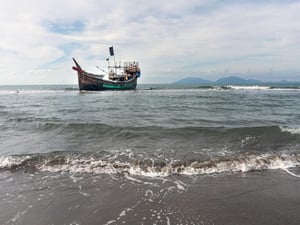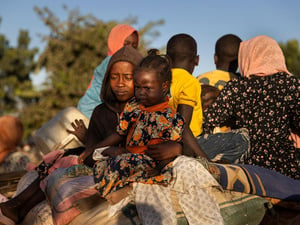Rohingya emergency
Rohingya emergency
In August 2017, over 750,000 Rohingya fled to Bangladesh following violent military crackdowns in Myanmar's Rakhine State.
They joined previous influxes of Rohingya who fled the country in the 1970s and 90s. Today, more than 1 million Rohingya refugees live in Bangladesh, most of them in Cox's Bazar district, near the border with Myanmar. The strain on the local host community and its already stretched facilities and services has been immense.
Countries affected: Bangladesh | India | Indonesia | Malaysia | Myanmar | Thailand

In conflict-affected Rakhine State, Myanmar, displaced women like Aye Kyawt San face growing challenges in meeting basic needs. Blocked humanitarian access and funding shortages leave communities without food, clean water, and healthcare. UNHCR continues working to reach those most at risk.
Registered Rohingya refugees in Bangladesh
Visit the Data Portal for more statistics
Escalating conflict in Myanmar drives displacement and humanitarian strain
Conflict in Myanmar continues to intensify, causing new internal displacement and cross-border movements while overwhelming protection and humanitarian systems. Needs far exceed available funding, and widespread violence persists.
Rising irregular maritime movements expose refugees and asylum-seekers to severe risks, while Rohingya refugees remain in protracted displacement eight years after arriving in Bangladesh. Despite regional progress, including work rights for long-staying refugees in Thailand, conditions for voluntary and safe return remain limited.
We have overcome so many traumatic incidents. Violence in the camps is increasing, and even the sound of a balloon bursting makes people afraid at night. We are afraid that we will never go back to our homeland. We worry about our children’s futures.
Financial overview
Population overview
What is UNHCR doing to help?
UNHCR will prioritize urgent gaps through a carefully targeted response and strengthen partnerships under the Joint Response Plan. It will advocate for access to territory, uphold asylum rights, and respect non-refoulement, while promoting comprehensive solutions for Rohingya and other refugees.
Support will continue for over 1.1 million refugees in Cox’s Bazar and Bhasan Char, focusing on protection, shelter, health, education, and resilience-building.
UNHCR will expand resettlement and complementary pathways, operationalize a Panoramic/Route-Based Approach to ensure protection at sea and safe disembarkation, and advance commitments under the Rohingya pledge to secure legal identity and prevent statelessness through birth registration, legislative reform, and accession to Statelessness Conventions.













